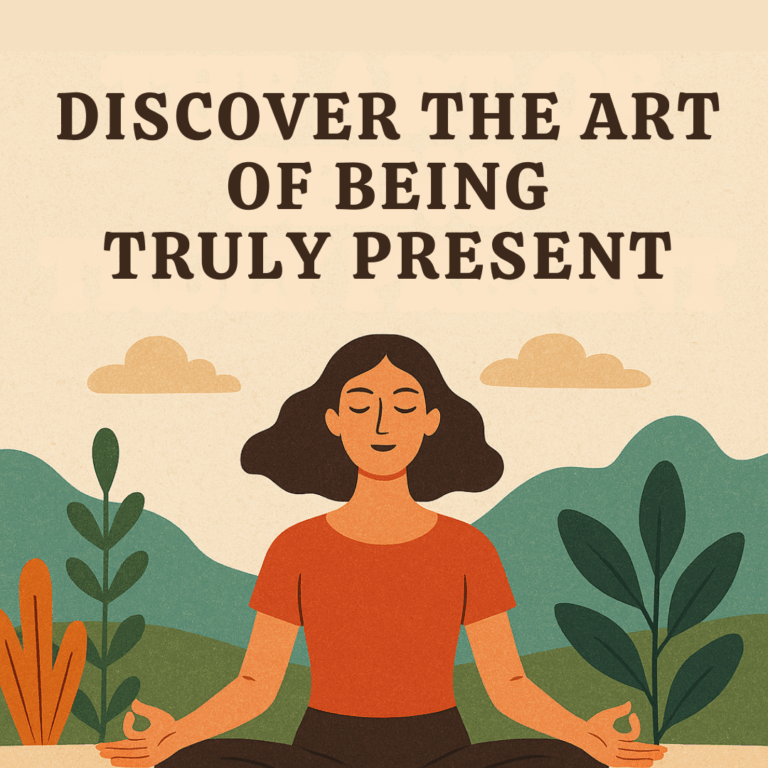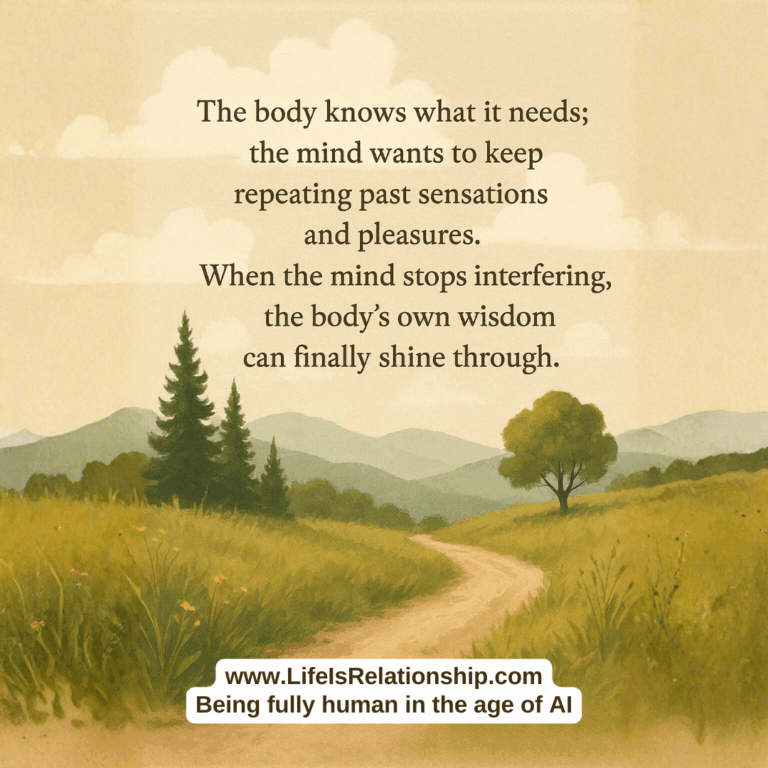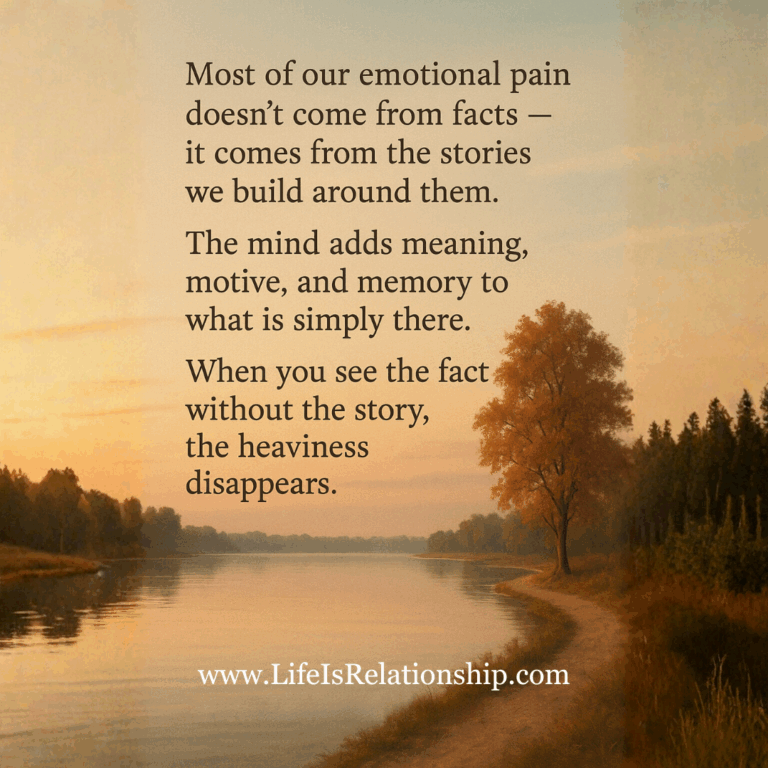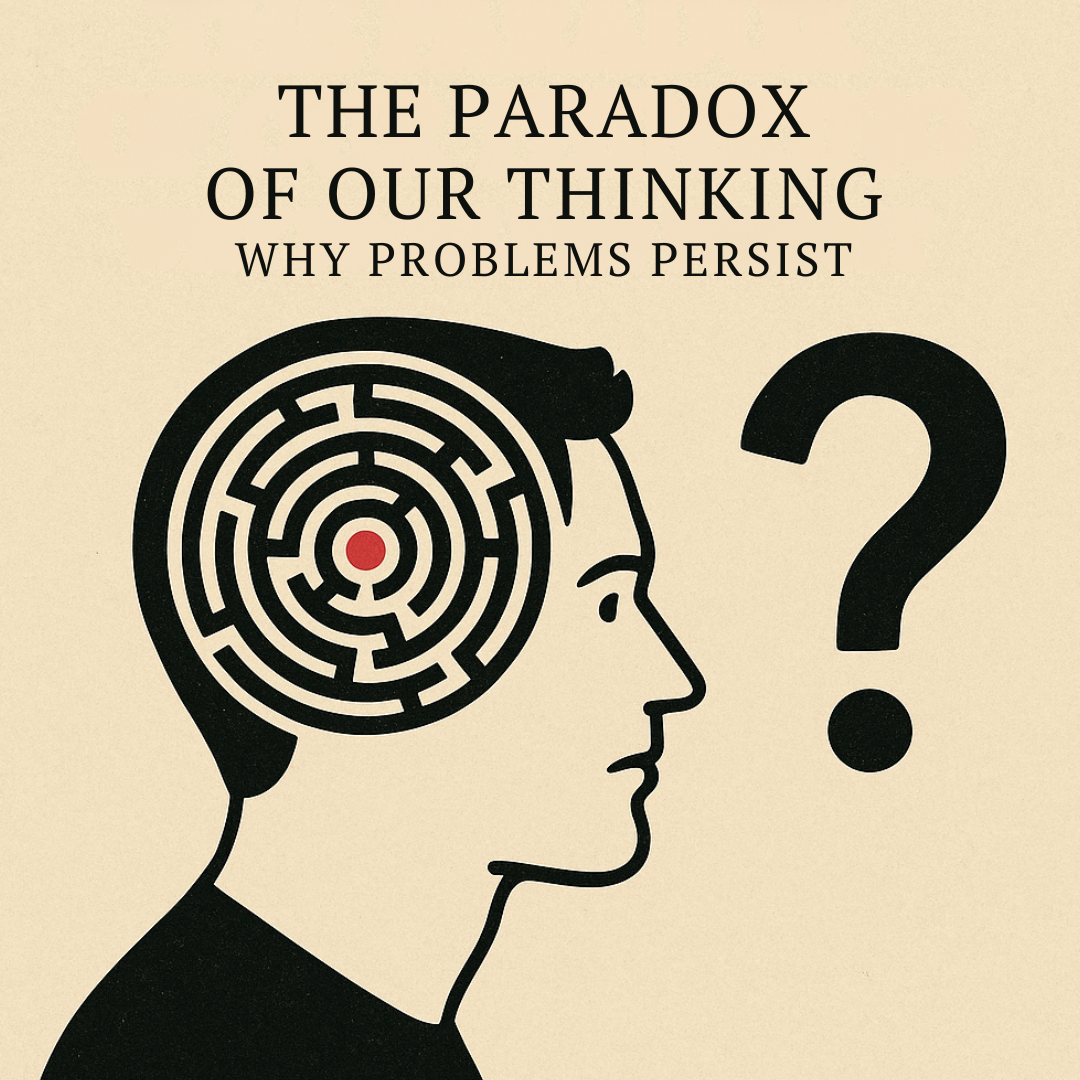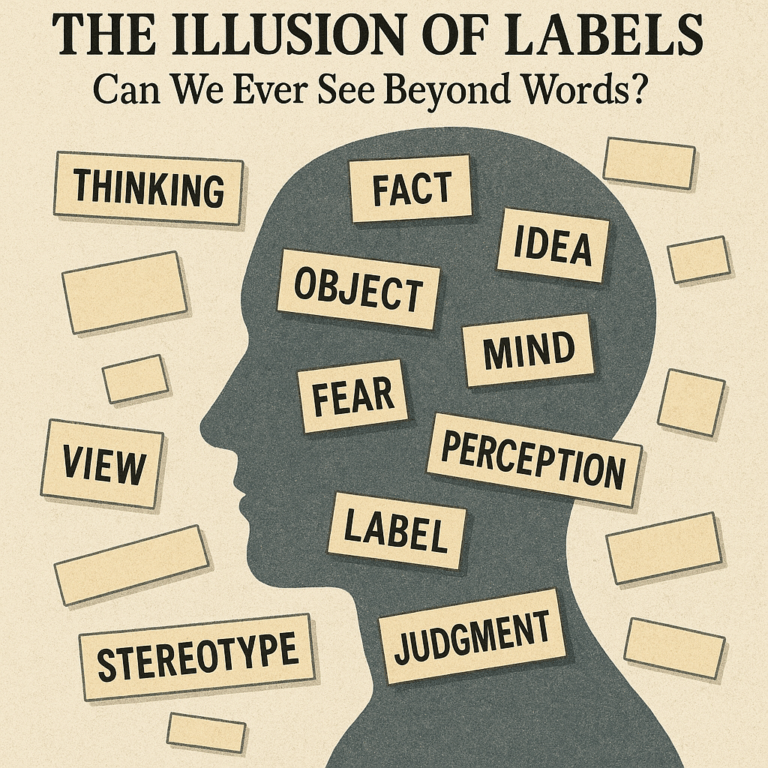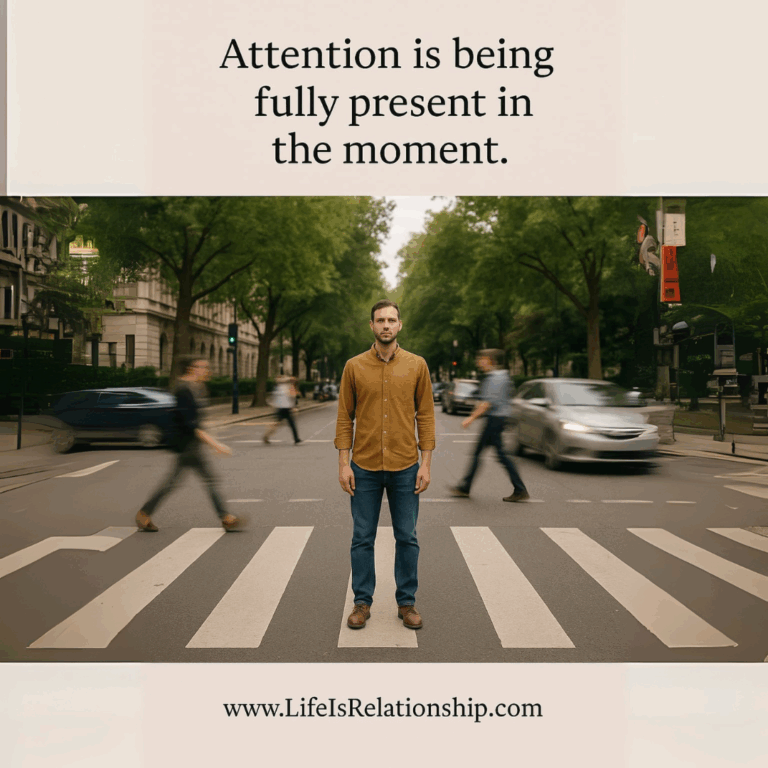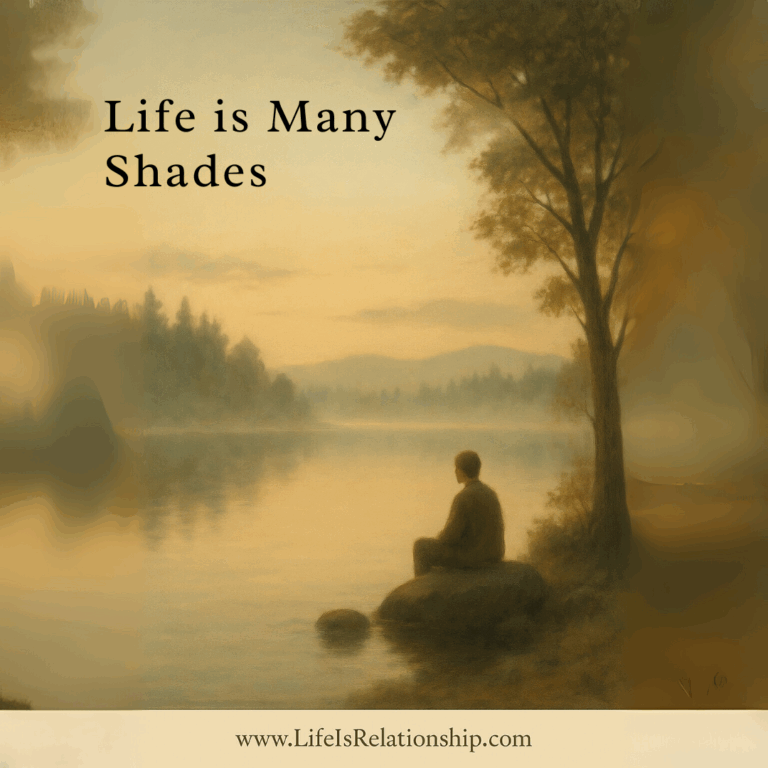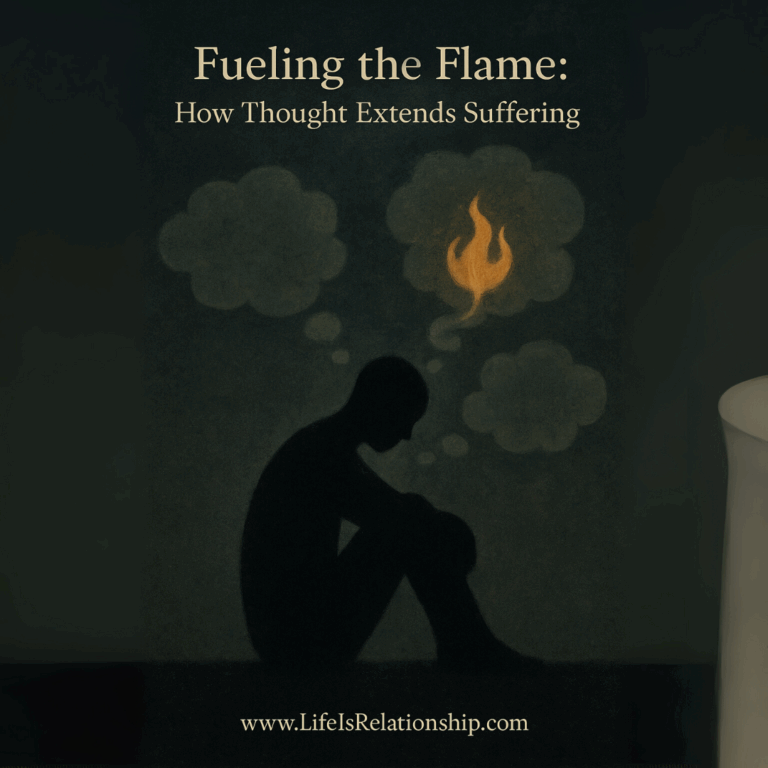Have you ever wondered why we are so drawn to how things appear rather than how they truly are? Why do we often choose to present a version of ourselves that may not reflect who we genuinely are? This isn’t just about our personal lives; it’s a pattern that seems to define much of society.
Let’s explore this deeply, because this tendency shapes our relationships, our self-perception, and even the very world we create.
The Conflict Within Ourselves
Think about how often we feel the need to present an ideal version of ourselves. On one hand, there’s the reality of who we are at this very moment, with all our strengths, vulnerabilities, and experiences. On the other hand, there’s the ideal—how we want to be seen by others or how we think we should be.
This split creates conflict. For instance, consider someone who feels insecure but tries to appear confident. They might succeed in projecting an image of strength, but internally, they may feel even more isolated because they cannot share their true feelings. The gap between who they are and who they pretend to be only widens, creating frustration and exhaustion.
Now think about society as a whole. Everywhere, we see this same division. People alter their appearances to fit into societal standards, from cosmetic surgeries to makeup routines to meticulously curated social media profiles. Industries thrive on our desire to project an ideal—whether it’s the perfect body, lifestyle, or career. But have we ever stopped to ask: is this ideal even real? Or is it just a fiction that we’ve collectively created?
The Madness of Judging Others
This obsession with appearances doesn’t stop with ourselves—it spills into how we perceive and judge others.
Think about it: how often do we evaluate people based on their looks, titles, or possessions? A politician might craft an image of authority and strength, but does that image reveal their integrity? A colleague might seem confident and capable, but what lies beneath that polished exterior?
Even in relationships, we often prioritize the superficial. Many people choose partners based on appearances or status rather than values or compatibility. What happens when the surface fades or doesn’t align with reality? The relationship, built on an illusion, often falters.
This way of living creates endless division—not just within ourselves but in our connections with others. It fuels comparison, envy, and competition, leaving little room for genuine understanding or trust.
Fiction vs. Reality
Why do we live this way? Perhaps it’s because we’ve been conditioned to believe that the ideal is more important than the real. Society tells us to strive for perfection, to become something “better,” to constantly improve ourselves. But who decides what “better” means?
This striving creates a constant state of dissatisfaction. We are always chasing an image of what we think we should be, comparing ourselves to others, or dwelling on the past. But if we look closely, these images—the ideals, the comparisons, the regrets—are all creations of thought.
Thought, shaped by culture, upbringing, and experiences, sets up these ideas of perfection and convinces us to pursue them. It says, “You are not good enough as you are; you must become something else.” But this pursuit is endless because the ideal is always out of reach.
The Consequences of Living Through Images
When we live through these images, it affects every aspect of our lives.
1. Inner Turmoil: We feel anxious and frustrated because we are constantly trying to measure up to an ideal that doesn’t exist.
2. Shallow Relationships: Our connections with others become based on appearances or expectations, rather than mutual understanding.
3. Societal Pressure: Industries and systems exploit our insecurities, convincing us to buy products or adopt lifestyles to “improve” ourselves.
4. Division: We become isolated from our true selves and from others, living in a fragmented world of comparison and judgment.
An Invitation to Reflect
So, let’s pause and ask: What would happen if we stopped chasing these images? What if we stopped comparing ourselves to others, stopped trying to become something we are not, and simply saw things as they are?
Could we begin to see ourselves and others without judgment, without comparison? Could we find a deeper sense of connection and peace—not based on appearances or ideals but on understanding?
Perhaps the first step is to question why we feel the need to live through these images at all. Are we afraid of what we might find if we look at ourselves honestly? Or have we simply forgotten how to be at ease with what is real?
And isn’t reality—what we truly are—far more valuable than any illusion? For in seeing ourselves clearly, without distortion, we might uncover a life free from the burdens of pretense.
This is not about rejecting change or growth, but about recognizing the futility of chasing something that isn’t real. When we stop striving for the ideal, we might find that we are already whole—and that this wholeness is not something to be achieved but something to be uncovered through understanding.
So, I leave you with this question: Are we living our life, or are we living through an image? And if it’s the latter, is that image worth the cost?
For more profound reflections on living authentically and understanding humanity in the age of artificial intelligence, visit www.LifeIsRelationship.com. Let’s journey together toward clarity and freedom.


